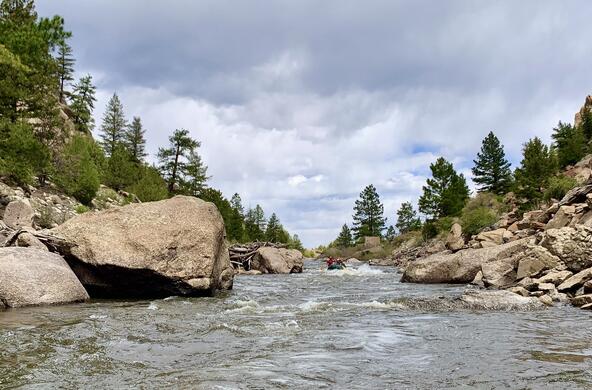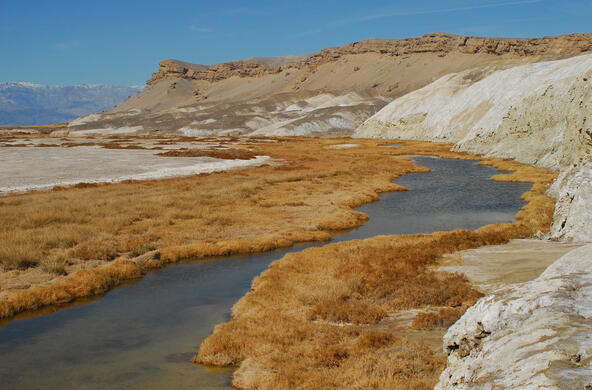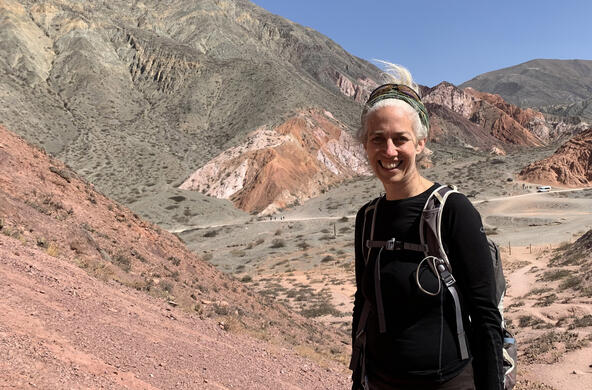(Millbrook, NY) This week marks the release of the third National Climate Assessment (NCA). Issued to the President and Congress every four years, the report is a scientific analysis of how climate change is affecting our nation, including what we can expect in the future if the escalating problem is not addressed.
A collaborative effort among more than 250 authors, the 860-page report synthesizes current, peer-reviewed science on climate change. The Cary Institute of Ecosystem Studies provided leadership on content related to ecosystems and biogeochemical cycles, and contributed to the section on human health.
“Climate change is a problem that has moved firmly into the present,” comments Cary Institute President Bill Schlesinger, a co-convener of the report’s biogeochemistry chapter. “Our activities are disrupting Earth’s carbon and nitrogen cycles, largely due to the burning of fossil fuels. If imbalances remain unaddressed, it will be at a huge expense to the health of our planet – and the quality of our own lives.”
The assessment details how people and resources throughout the United States are already suffering from the negative effects of climate change, with extreme weather taking different forms regionally. While the Southwest has been gripped by crippling drought and wildfires, the Northeast has experienced prolonged periods of heat, heavy rainfall, and storm surges that put people and property at risk.
Peter Groffman, a Senior Scientist at the Cary Institute, co-convened the chapter on ecosystems, biodiversity, and ecosystem services. “The science is clear, climate change is degrading ecosystem resilience,” Groffman notes. “In the Southwest, climate change is projected to reduce the ability of ecosystems to supply water. While in other areas, like the Northeast, many ecosystems are losing their ability to buffer extreme events like floods.”
As the climate shifts, the timing of biological events, such as flowering and migration, has also changed. Scientists predict some regions will become so altered that their mix of plants and animals will become almost unrecognizable. “Climate change doesn’t recognize the boundaries of parks and reserve lands. This presents real challenges when trying to protect species,” Groffman comments. “Looking to the future, whole-system management will be more effective.”
There is also growing evidence that climate change is making us sick. Senior Scientist Richard Ostfeld contributed to the report’s chapter on human health. “As temperatures warm, ticks and mosquitoes are expanding their ranges northward. We are seeing a rise in Lyme disease and the threat of insect-borne illnesses. At the same time, we are dealing with decreased air and water quality causing respiratory and digestive diseases, and the stress and injury that accompany extreme weather.”
While a sobering read, the report will help guide more effective environmental decision making. Groffman notes, “With each assessment, the scientific community refines its understanding of climate change, and its ability to predict future impacts. The results are for the American people, to help us make the right investments in planning the path forward.”
With Schlesinger noting that, “As a nation, we still have huge opportunities to reduce our carbon emissions and embrace renewable energy. Cutting emissions today will make for a better tomorrow. The time to act is now.”
You can access the full 2014 National Climate Assessment report at: www.globalchange.gov/ncadac
XXX
The Cary Institute of Ecosystem Studies is a private, not-for-profit environmental research and education organization in Millbrook, N.Y. For thirty years, Cary Institute scientists have been investigating the complex interactions that govern the natural world. Their objective findings lead to more effective policy decisions and increased environmental literacy. Focal areas include air and water pollution, climate change, invasive species, and the ecological dimensions of infectious disease.







